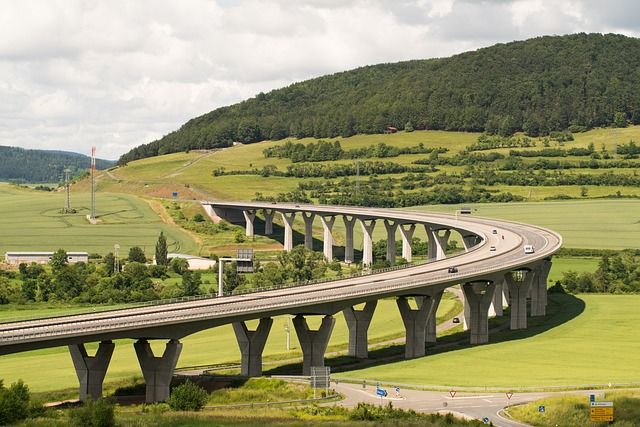Real estate development plays a pivotal role in shaping community growth and well-being. Strategic planning by developers can create vibrant, diverse communities through walkable neighborhoods, green spaces, mixed-use areas, and sustainable practices. This encourages social connections, increases property values, and boosts overall resident happiness. Measuring success involves combining quantitative data (KPIs) with qualitative observations of improved daily interactions and neighborhood pride. This holistic approach ensures real estate initiatives contribute both statistically and substantively to community vibrancy.
In today’s competitive market, real estate goes beyond mere property; it’s a catalyst for community vibrancy. This article explores the profound link between real estate development and local environment enhancement, delving into strategies that developers can employ to foster thriving communities. We’ll examine how improved services, from amenities to infrastructure, contribute to a community’s overall well-being and economic health. Additionally, we’ll discuss measuring success through assessing the impact on residents’ lives.
The Link Between Real Estate and Community Vibrancy

In the realm of community development, real estate plays a pivotal role in fostering vibrancy and overall well-being. The built environment—including the design, accessibility, and quality of housing and public spaces—significantly influences how residents interact with and perceive their neighborhood. A bustling, vibrant community often correlates with desirable real estate, creating a positive cycle where improved infrastructure attracts more people and businesses, further enhancing local livability.
Real estate developments that prioritize walkability, green spaces, and mixed-use areas can foster stronger social connections and encourage community engagement. These features not only increase property values but also contribute to a sense of belonging and overall happiness among residents. Thus, investing in strategic real estate initiatives is a powerful tool for communities to cultivate a vibrant tapestry of interactions and experiences.
Strategies for Developers to Enhance Local Environments

Developers play a pivotal role in fostering community vibrancy through strategic initiatives within real estate projects. One effective approach is integrating diverse amenities and services that cater to various age groups and interests. This could involve incorporating green spaces, community centers, recreational facilities, and local businesses, creating an environment that encourages interaction and social cohesion. For instance, developing mixed-use neighborhoods where residential, commercial, and leisure spaces coexist can significantly enhance the overall quality of life for residents.
Additionally, developers should prioritize sustainable practices to ensure long-term environmental and social benefits. This includes adopting eco-friendly building designs, implementing efficient waste management systems, and promoting energy conservation measures. By embracing sustainability, developers contribute to a healthier local environment, attract environmentally conscious residents, and create a positive image for the community. These strategies not only benefit the existing population but also draw new businesses and investors, fostering continuous growth and vibrancy.
Measuring Success: Assessing the Impact of Improved Services

Measuring success is a vital aspect of evaluating the impact of improved services on community vibrancy, especially in the real estate sector. It involves assessing how these enhancements translate into tangible benefits for residents and the overall environment. One effective method is through data analysis, tracking key performance indicators (KPIs) such as increased foot traffic in public spaces, higher occupancy rates in local businesses, and improved satisfaction scores from community surveys. These metrics provide a quantitative overview of the positive changes brought about by revitalized services.
Qualitative assessments are equally important. Observing the daily interactions and experiences of residents can reveal deeper insights into the overall vibrancy. For instance, increased social gatherings in parks, enhanced neighborhood connections, and a sense of community pride can all be indicators that improved services have fostered a more dynamic and desirable living environment. This holistic approach to measuring success ensures that the benefits are not just statistical but also reflect the tangible improvements in residents’ lives.






